|
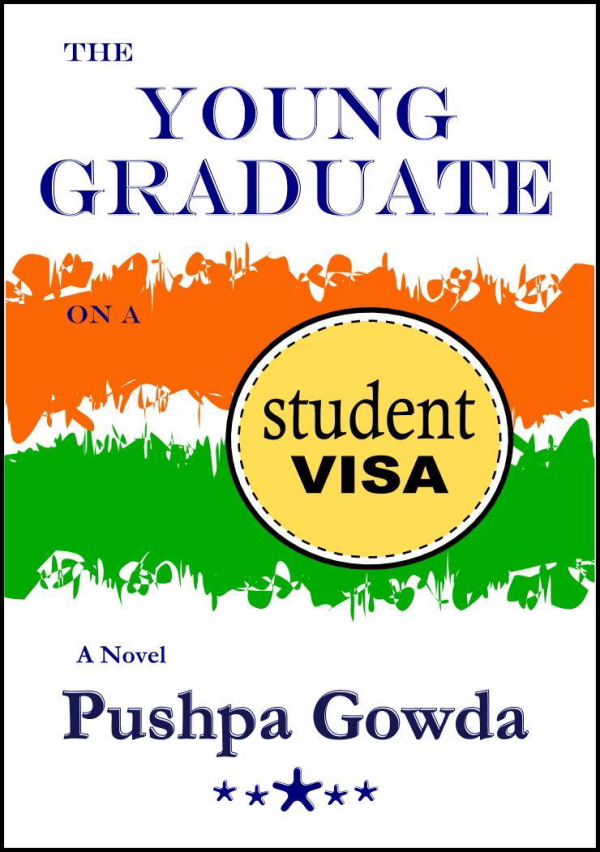
 
A young Indian graduate, Manasvi dreams of pursuing a Master’s degree in America and building a life from scratch in a foreign country, even though she has never lived away from her family and friends or doesn’t have money to pay for the expensive education. The exciting journey unfolds in surprising ways and during the dot-com boom of the nineties, Manasvi comes to America all ALONE on a student visa.
Tell us a bit more about Manasvi and her adventures in America.
Manasvi is a common, middle-class young woman from one of the most cosmopolitan cities of South India. She obtains her primary and high school education in one of the best Catholic schools in her predominantly Hindu neighborhood. Around 1988 like most teenagers, Manasvi is influenced by American television shows on Cable TV and starts dreaming about going to America. The newspapers keep her informed about the IT boom in America and she decides to become a computer science engineer. By the late 1990s she and her friends makes plans to pursue their Masters degree in America. Her dreams are big, but her pockets are not deep enough to pay for the expensive American education. Her exciting journey unfolds in surprising ways, and during the dot-com boom of the nineties, Manasvi comes to America on a student visa.
Cable TV shows being her only source of information about all things American, her American adventure begins when she’s stranded in the airport in Mississippi and hopes LAPD will rescue her, just like the TV show LAPD.
Being a student in a protected college environment in her own country among friends of her own ethnicity was completely different from being a foreign student in America. Little did she know that building a life from scratch in America meant dealing with all facets of real life. She had to quickly learn to understand the thick Southern accent spoken by people who looked nothing like the people on Cable TV. She learns how to befriend other foreign students from China, Mexico, Russia and other regions of India. Just when she manages to assimilate into the new college she suffers pangs of homesickness and misses her family & friends from India.
The diversity in college adds complexities to dating. Several months into college, in addition to her course work, she has to deal with narrow-minded people giving her bad advice and poisoning her mind about black people. The lack of public transportation in Mississippi lands her in some scary situations when she tries to run some errands by foot.
Each and every phase of her college life is laced with adventures Manasvi had never anticipated.
What genre is it?
Literary fiction.
Are the student immigrant experiences universal, or is there something particular Indian about the story?
The student immigrant experience is universal. Ask any immigrant who has pursued their Master’s degree in America in the 1990s before facebook and the social networking and they’ll be able to relate to one or more of the scenarios in the novel. I chose the lead character to be an Indian woman because a lot of foreign students who pursue Master’s Degree in computer science in America are Indian men and very few Indian women. So, it adds a new dimension to the story.
Tell us more.
America is one of the most diverse countries in the world. After reading the last word of my book, I want my reader (especially if it is a young woman) to feel empowered and encouraged to pursue their own dream regardless of their circumstances, and that everything will eventually work out in our favor if we stick with it.
How come there’s a glossary at the back? Why do we need it?
Most of the world is multi-lingual and any person who speaks English along with another language is very familiar with the concept of mixing words from another language into conversational English. I wanted my novel to reflect this concept and hence took a risk and departed from the conventional rules of writing an English novel.
Some examples, please.
In Chapter 1, there is this sentence:
“Ayyo, I slid down too fast and lost control,” replied Manasvi
When the reader searches the word Ayyo in the glossary they’ll find the meaning.
Ayyo means Ouch!
Example 2:
“Howda? I should ask Riya to show them to me sometime,” remarked Vikram
Howda? means really?
Example 3
“Parvagilla – I’m happy I was there to help….”
Parvagilla means it’s ok
Have you written any other books that we should read next?
I’m currently working on my second novel “The Young Graduate on a Work Visa”.
Is it a sequel? Does Manasvi return?
Yes, it is a sequel. Manasvi transitions from being a student to a high-skilled employee.
Tell us a bit about yourself.
I was born and grew up in Bengaluru (formerly Bangalore), India and currently reside in Missouri, USA.
I’m a computer science engineer by education and training. An IT job paid the bills and helped me become financially capable of pursuing creative careers such as writing and voice-overs. I pursued writing as a hobby to hone my creativity and engage the right-side of my brain.
My first novel was inspired by a few personal experiences as an immigrant living in America and numerous stories I heard from immigrant friends and colleagues.
Do you have a website where we can keep up with your work?
www.pushpagowda.com.
How can we follow you on Twitter and/or Facebook?
https://www.facebook.com/pages/Pushpa-Gowda-Author/288656
261190006
I’m new to twitter and don’t use it often. I created a new twitter account very recently and haven’t shared it with anyone yet
@IAm_PushpaGowda.
|







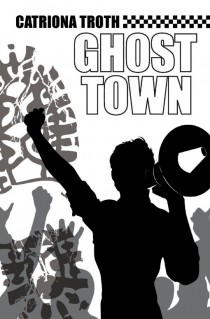

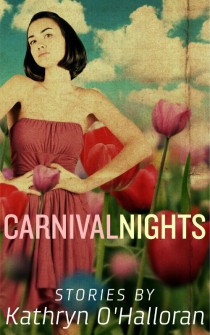

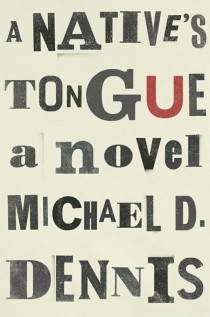
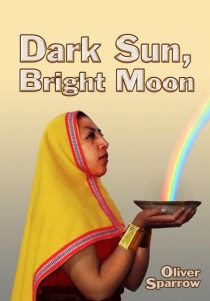

Leave a Facebook, Google+ or Wordpress Comment